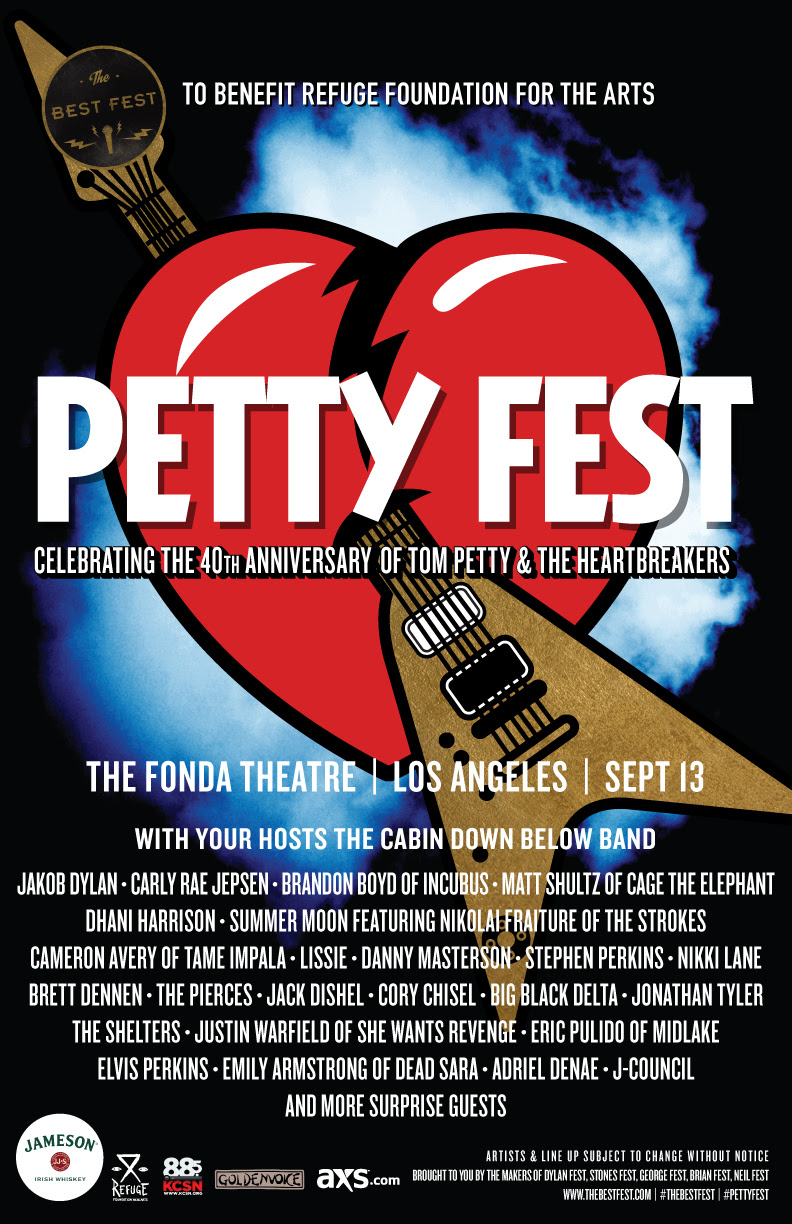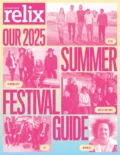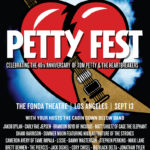
It’s unexpected timing that, just as Bruce Springsteen & the E Street Band played their last notes (forever?) after two years of touring, America’s Other Great Live Rock ‘N’ Roll Band, Tom Petty & the Heartbreakers, release The Live Anthology. The significance and comparison matters because of what the four CDs here expose: that despite the notoriety of the group’s hits, many of which are represented here, Petty and his band have become one of rock’s most underrated live acts. Where Springsteen makes grand, sweeping dramatic statements with his songs and their presentation, Petty and company have always taken a more intimately gritty approach. What binds them is the way that their 1960s musical roots become so well-developed not only in original material but in the choice of covers. (In Petty’s case the two areas merge in a nearly eight-minute version of “Breakdown,” which also features a nod to Ray Charles’ “Hit the Road Jack.”) Finally, both bands have the talent to turn on a dime, musically, with a charismatic frontman who plays to a trusting audience that’s willing to follow whatever creative direction he sets forth.
Credit goes to Petty who determinedly put together the 48 tracks here in a manner that avoids what he dubs in the liner notes as “_The Greatest Hits, Played Faster_.” If that’s what you’re searching for then you’re foolishly missing out on so much more. Live Anthology heavily favors deep album tracks including “A Thing About You,” “Lost Without You,” “Angel Dream (No. 2),” “Dreamville,” and “Crawling Back to You” and covers of such artists as Bobby Womack, Thunderclap Newman, Muddy Waters, Booker T & the MGs, Van Morrison, Dave Clark Five, and Fleetwood Mac. An illuminating view of the musicians’ Group Mind finds the version of the Zombies’ “I Want You Back Again” sounding completely natural to the band’s musical aesthetic, while they struggle slightly with the country pickin’ feel on the Grateful Dead’s “Friend of the Devil.” With songs spanning 1978 to 2007, the album displays consistently strong live performances. Playing arenas since the late ‘70s, the members fail to play it safe and continue to push themselves and reinvent their tunes. While so much notice goes to Petty and guitarist Mike Campbell, there are a number of moments here that highlight the sharp, tasty contributions by keyboardist Benmont Tench. The two interacting on “It’s Good to Be King” turns it from a moderate ballad into a monster.
As the songs jump around from one year to another and back again, the only noticeable changes are a deepening of Petty’s voice and the loose rhythmic swing that original drummer Stan Lynch brought to the music. Following his dismissal the songs reflected a maturity and assuredness in the latter ‘90s selections, with the band more relaxed onstage as the lineup grew together during the past decade. Formatted like a concert, the hits pop up occasionally through the setlist with a grouping of popular tunes slated for the Big Finish. And the mellow vibe on “Alright For Now” fittingly sends us off gently into the good night as the night’s final number during what’s transpired as more than four hours of a historically lengthy gig.



No Comments comments associated with this post